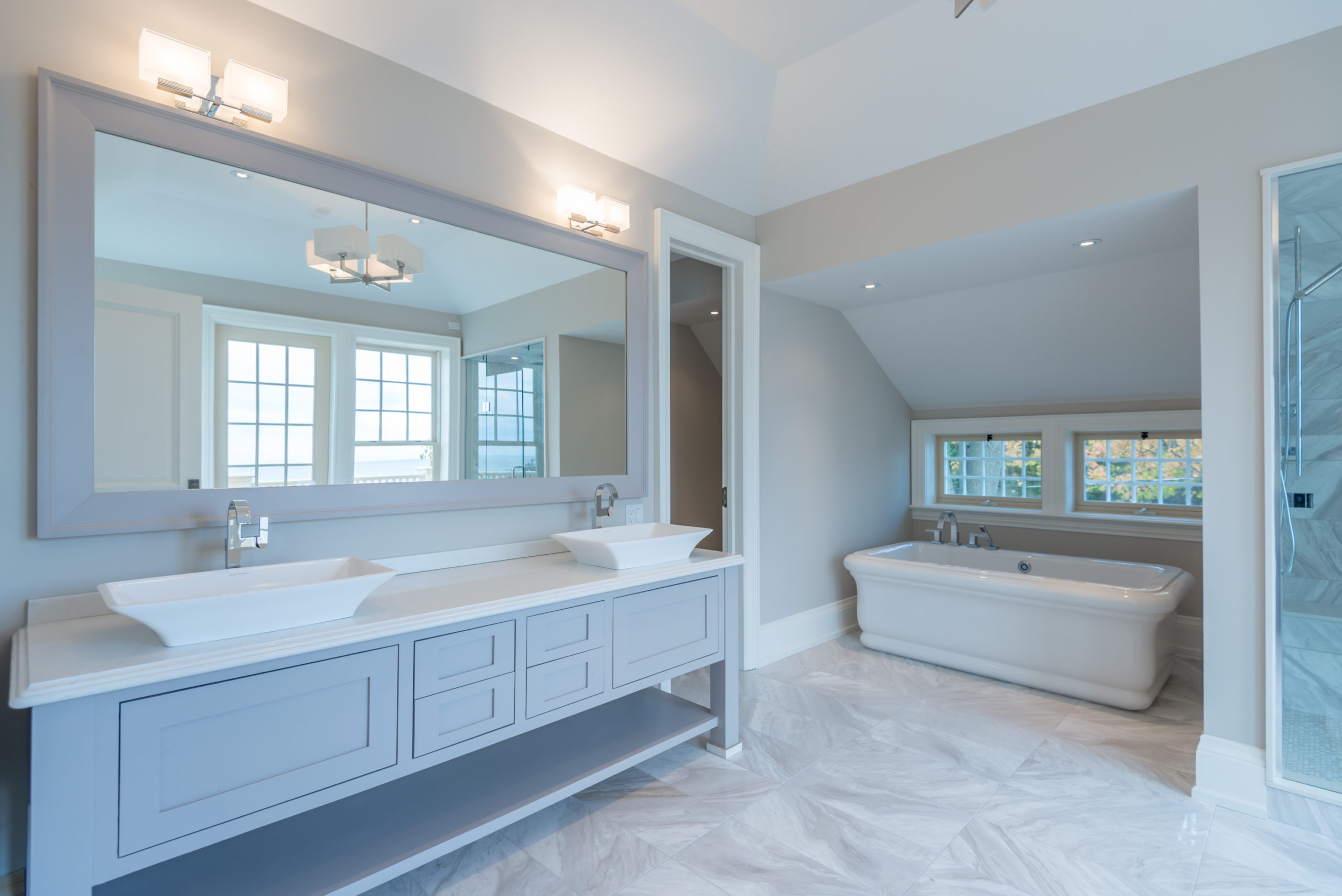World Water Day – How can you conserve water?
March 22 is World Water Day, so how can you reduce water usage and increase energy savings?
World Water Day reinforces how lucky we are in the GTA and Ontario to have access to clean, fresh water. As such, we should do what we can to not only conserve water, but make better use of it.
What can you do?
All newly constructed houses must now have a Drain Water Heat Recovery Unit (DWHR) installed on the drain stack. This device reuses hot water by recycling the heat from waste water, saving water and energy.
But what does Focus Construction recommend for owners of older homes to save water, energy, and money? Check out what you can do below.
Drain Water Heat Recovery
Home owners of older houses can install a Drain Water Heat Recovery (DWHR) pipe. It is a simple technology that saves on the energy used to heat water. This pipe takes advantage of the warm water flowing down the drains to preheat the water going into the hot water tank. Preheating reduces the amount of energy required to heat the water to the temperature set on your hot water heater.
Although you’ve likely heard the catch phrase “Don’t let your energy dollars go down the drain”, it’s true, and the technology to prevent that is simple.
How it works
Cold water that comes into your house runs through a series of coils that are tightly wrapped around your drain stack. The heat from the drain water is then transferred through the copper walls of the heat recovery unit to warm the cold water before it goes into the water heater.
It is important to note that when the heat is transferred, the drain water and the fresh water never actually come into contact with each other. Since the equipment and process involved is simple and there are no moving parts, the DWHR system is durable, long-lasting, and will likely pay for itself in energy savings in only a few years.
Grey Water
A Grey water system collects the used water from showers, baths, sinks, and washing machines and filters it so that it can be reused to flush toilets or water your garden.
This is an excellent system for saving water and the earth, and is already often used in rural homes. Although this system isn’t typically found in homes within city limits, there is nothing preventing successful installation and savings for those in the GTA who are eco-conscious.
Grey water systems do require a larger up-front cost, typically in the $25,000 range to set-up and install the entire structure.
Other Recommendations
- Buy an energy efficient toilet that features a low-flow and full-flow button.
- Install motion sensor faucets in the kitchen and bathroom, similar to those seen in public washrooms.
- Install a water sensor that tracks usage throughout your home, providing alerts and updates via an app on your phone. You can find these here, here, and here.
If you’re looking to conserve water, make your home more efficient, and save money, reach out to Focus Construction and we’ll help you get started!
And if you’re looking for other ways to make your home more eco-friendly, check out our blog on green roofs.







